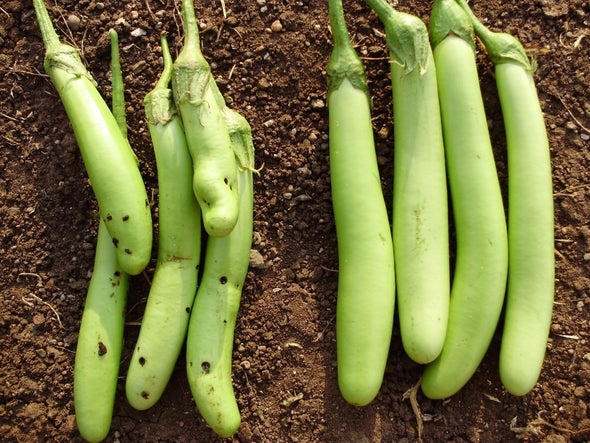This past week, the Government of India has been celebrating ‘Vigyan Sarvatra Pujyate’ as a lead up to National Science Day today. Dr Jitendre Singh, Union Minister of State of Science and Technology and Earth Science, also announced the theme, Integrated Approach in S&T for Sustainable Future. But in all this cheer, we forget to mention the most important thing: how science can bring sustainability to agriculture. And yes, we are talking about genetically modified crops.
Genetically modified (GM) crops are the way forward to ensure better livelihoods for farmers, sustainable agriculture, and improved food security for the world. But for decades, we have painted them in a negative light, only seeing them as a tool of corporates. Here are three reasons why we should not pay heed to this thinking, and instead understand the advantages of GM crops.
- Genetically modified crops are safe
International watchdogs and regulators across the world have found GM to be largely safe. Nearly 3,000 scientific studies have assessed the safety of these crops and 284 institutions globally, including the World Health Organisation, European Commission and Royal Society of Medicine, recognise that GM crops are safe. In 2016, the National Academies of Sciences, Engineering, and Medicine reviewed more than 900 publications, heard 80 speakers, and took more than 700 comments from the public to understand issues surrounding GE crops. They all came to the same conclusion: GM crops did not pose any more of a risk to human health compared to non-GM crops, nor did they conclusively lead to any environmental problems.
- Farmers want to plant genetically modified crops
Ahmednagar, Akola, Fatehabad. All these places are key points in the history of Indian agriculture where farmers voiced their support in favour of GM in the country. But did we pay attention? No. Farmers are ready to court arrest and face prison, just to be able to plant a reliable crop. And why should they not? Their neighbours in Bangladesh cut their pesticide use by 61% and increased their profits six-fold by growing Bt Brinjal. Global acreage of GM crops has increased to 190.4 million ha in 2019, accounting for nearly 11.6% of global cropland. As of 2019, 56% of global acreage under GM crops was planted by developing countries. Countries across the world are starting to see the value in genetically modified crops. For instance, although Zimbabwe put temporary moratoriums on GM seeds, in 2020, it lifted the ban on imports of GM corn to avoid an impending famine.
- Alternatives such as large-scale natural farming are bound to fail
Anti-GM proponents like to call for a switch to “chemical-free” or “zero budget” organic farming. But is this really feasible? In 2021, the Sri Lankan government banned the import of chemical fertilisers and other agrochemicals in an attempt to go 100% organic. What followed were depressed yields, high prices, and crop failure for more than a million farmers. Unsurprisingly, the government reversed its decision and had to pay $200 million to farmers whose crops failed under this scheme.
High yielding varieties planted during the Green Revolution sapped fields of their nutrients and water levels. Organic farming depends on compost, manure, seed knowledge, and most of all, soil that is nutrient-replenished. When Sri Lanka made the switch at a large-scale, the harvest was bound to fail. In India, GM crops have been stuck in a regulatory logjam for many years now. It was only after a 10-year moratorium that the government allowed field trials for Bt Brinjal to resume in 2020. There is still, however, a dangerous push for “chemical-free natural farming” accompanying these changes. Organic natural farming is a great way to grow crops when you would like to feed only your family. But to demand that farmers take this up, is as good as saying that we will make sure they never grow to see prosperity. GM crops help farmers cut costs, reduce burden on the environment, and provide more nutrition. They are a better alternative for farmers and for the world. This National Science Day, let us bring science back into agriculture and see anti-GM claims for what they are: a perpetual poverty trap.
Read more: Why it is too early for government to bet big on green hydrogen
Post Disclaimer
The opinions expressed in this essay are those of the authors. They do not purport to reflect the opinions or views of CCS.






